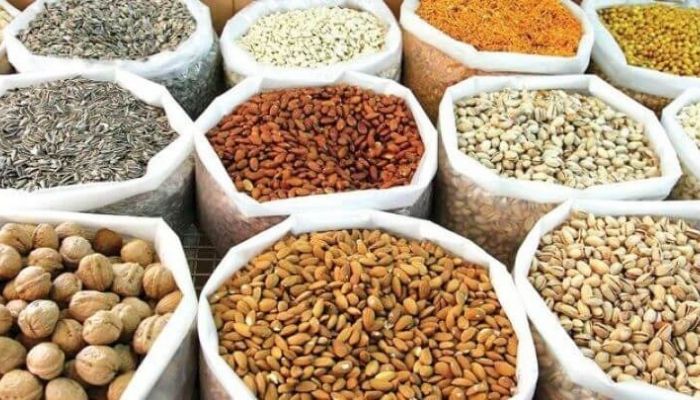FAO Outlook sees stable supplies of most global food commodities in the 2024/25 market year—United Nations Food and Agriculture Organisation.
The United Nations, in its bi-annual global Food Outlook report, says extreme weather events, rising geopolitical tensions, sudden policy changes, and other factors may potentially ‘.tip’ the delicate global demand-supply balances, thus affecting prices. Still, supplies will be adequate for the 2024/25 year period.
It provides a provisional estimate for the global food import bill in 2024, which it estimates will climb up to 2.5 per cent to more than $2 trillion. Those projections are helped by the fact that general macroeconomic conditions are fairly appropriate, with stable global economic growth and lower food commodity prices, according to the UN food body.
On the production side, pours of rice and oilseeds are forecast at record levels, while those of wheat and maize would decline moderately.
The report provides detailed market assessments for wheat, coarse grains, rice, oil crops, sugar, meat, dairy products, and fisheries.
The report indicated that wheat imports of Nigeria are forecast to increase by 0.6 percent to 23.2 million tonnes in 2024/25, driven by braving local demand and low inventories.
Related News
Nigeria’s northeast risks mass hunger as UN funding dwindles
Nigeria records zero piracy incident in 24 months, cuts War Risk Insurance on incoming cargos
UNIPGC global boss wins US President’s lifetime award
Turning to rice, production is anticipated to remain unchanged at 5.3, amid a lack of significant changes from the previous year.
On the international fertilizer trade, the FAO did a critical analysis and provided a review of the global fertilizer trade covering the period between the year 2021 and 2023 and a short-term outlook market for the year 2024/25.
It follows that the series of shocks—directly and indirectly impacting the primary nutrients like nitrogen, phosphorus, and potassium—came together to start with how this war began in Ukraine.
The report continued to say that what really catalyzed this were soaring natural gas prices, rendering fertilizer manufacture uneconomic, while among other factors, freight and insurance costs, together with trade measures, also drove up world fertilizer prices. Then, the shocks caused large contractions in fertilizer trade in 2022, with a rebound in 2023 to levels comparatively similar to those in 2021.
According to the report, the price of fertilizers—represented by a basket of nitrogen, phosphorus, and potassium prices—averaged $327 per tonne, down from $815 in April 2022. Related: Is This The Beginning Of The End For Fossil Fuels? Underpinned by the slide in prices, pushing fertilizers on volume, Nitrogen trade has seen volumes rebound close to their 2021 level.
The short-term global fertilizer prospect, according to FAO, is an overall stable period in the next six months, characterized by widened availability and affordability across the three main ingredients. Future shocks in the global fertilizer markets are likely to be influenced by developments in the energy markets emanating from future geopolitical or other causes.

